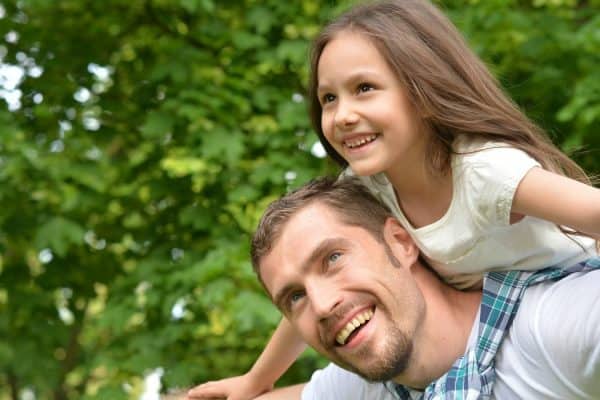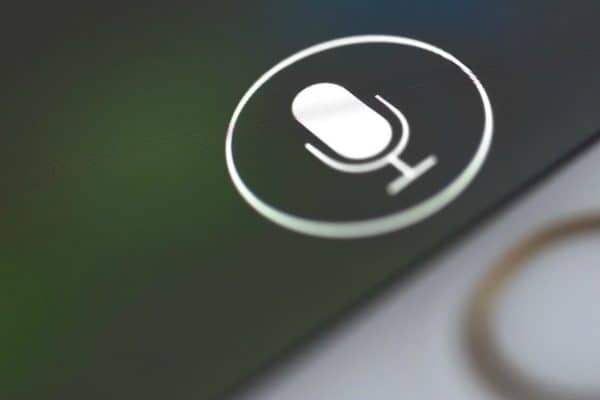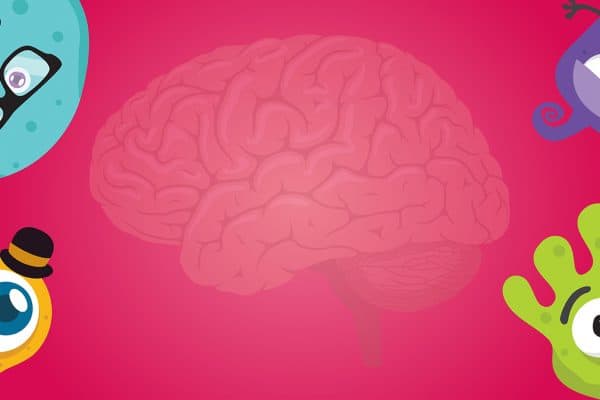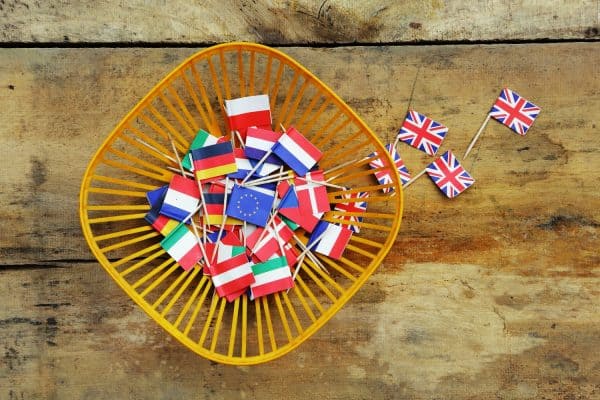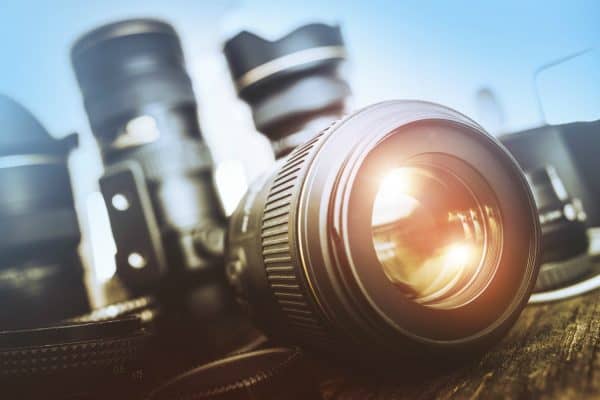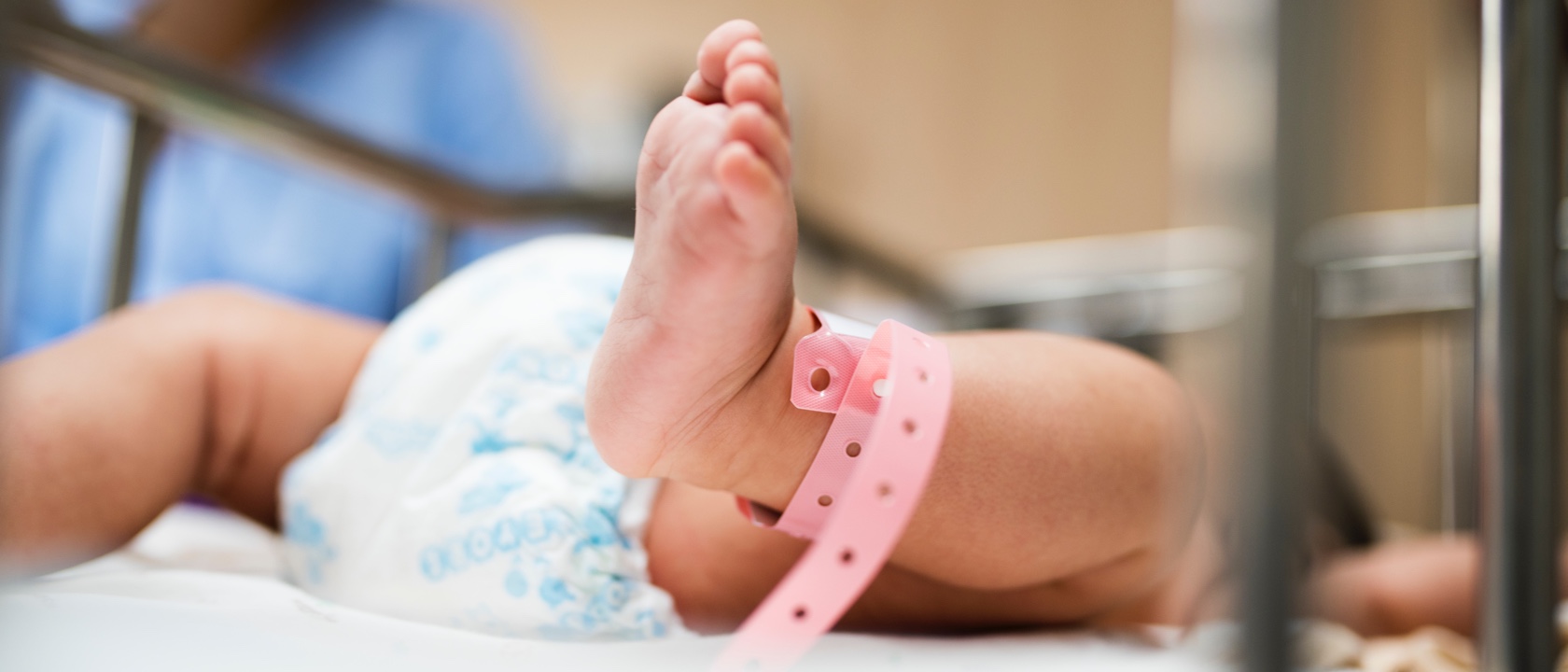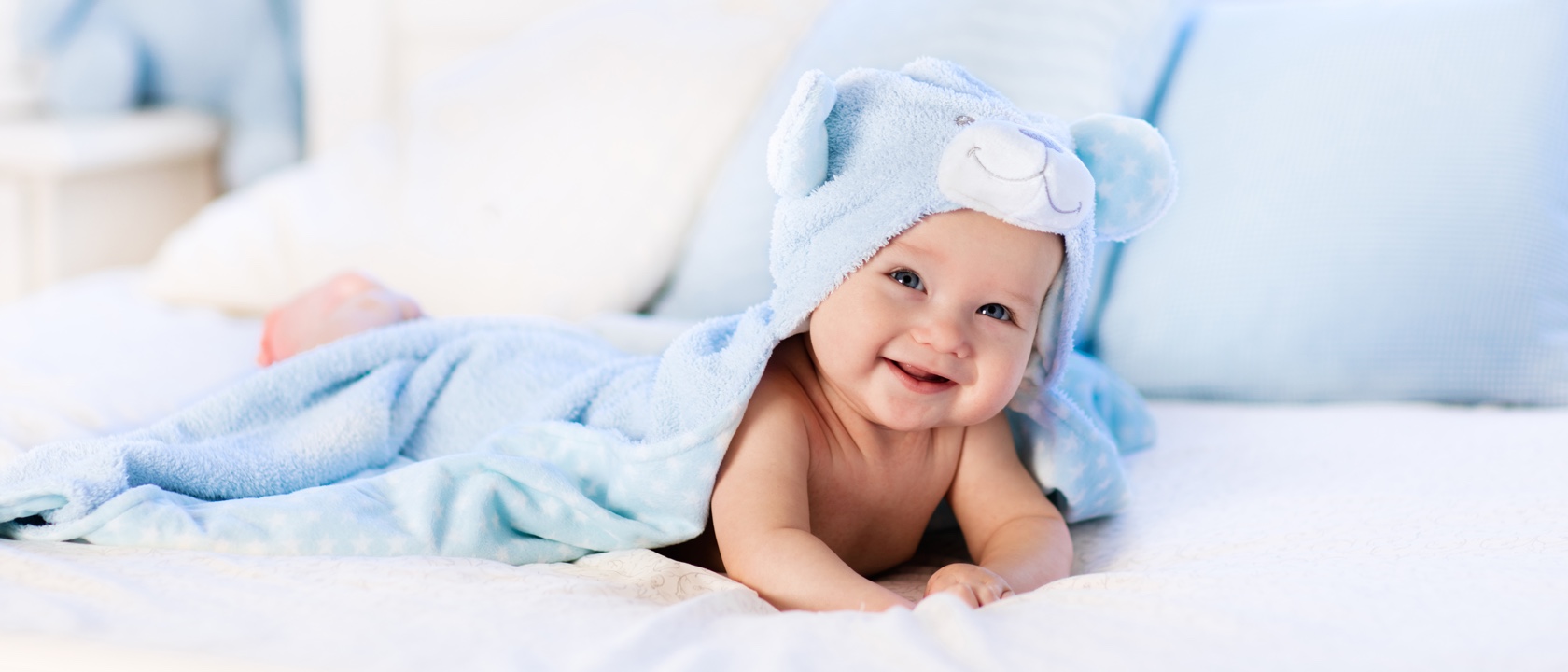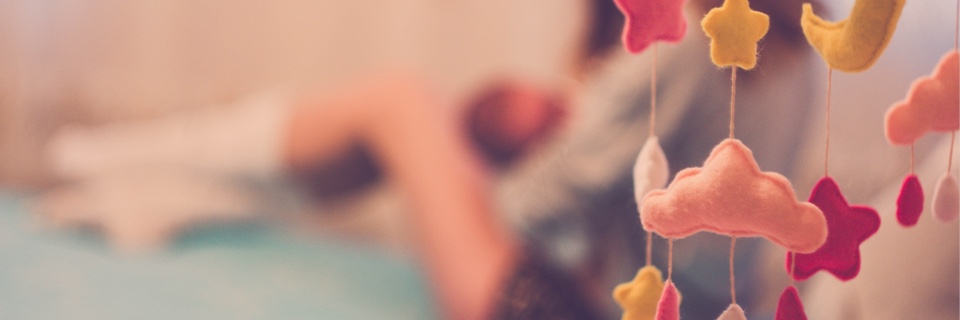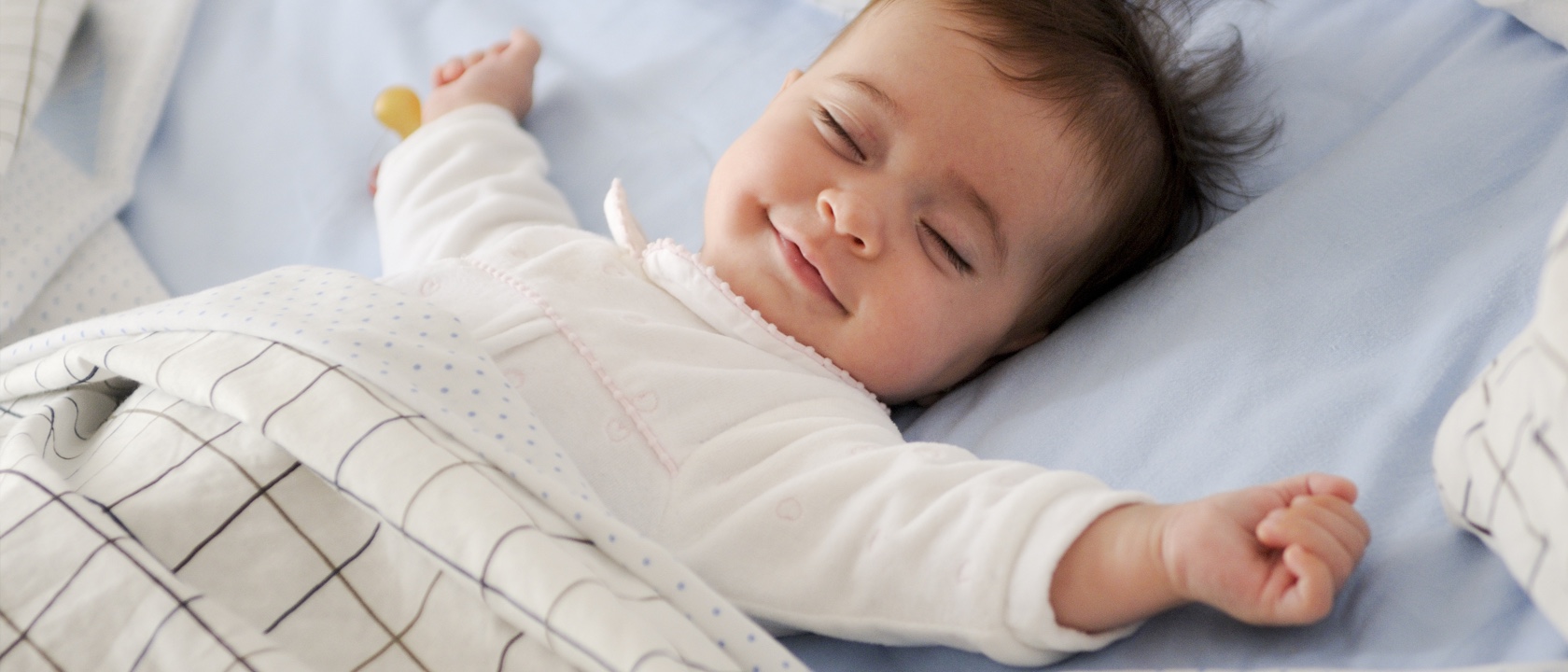These are the items you likely won't need when the baby first arrives, so put your money towards those essentials, initially!
Playmat
Why? Babies won't need one straight away, but toys that rattle and make noise are important for development.
Baby cutlery and plates
Why? No need to pick these up, until you're weaning your baby at around six months.
Changing table
Why? You can easily use a changing mat on the floor or place this on a chest of drawers.
Highchair
Why? Until your baby can hold its own head up and is moving onto solids, you won't need one.
Fancy baby clothes
Why? You'll get plenty from friends and family, just buy the basics.
Fireguard
Why? Until your baby is crawling, there's no need to worry about buying one of these for your home.
Stairgate
Why? Again, a newborn baby definitely won't be tackling these straight away.
Nappy bin
Why? You could just use a bag or normal bin!

